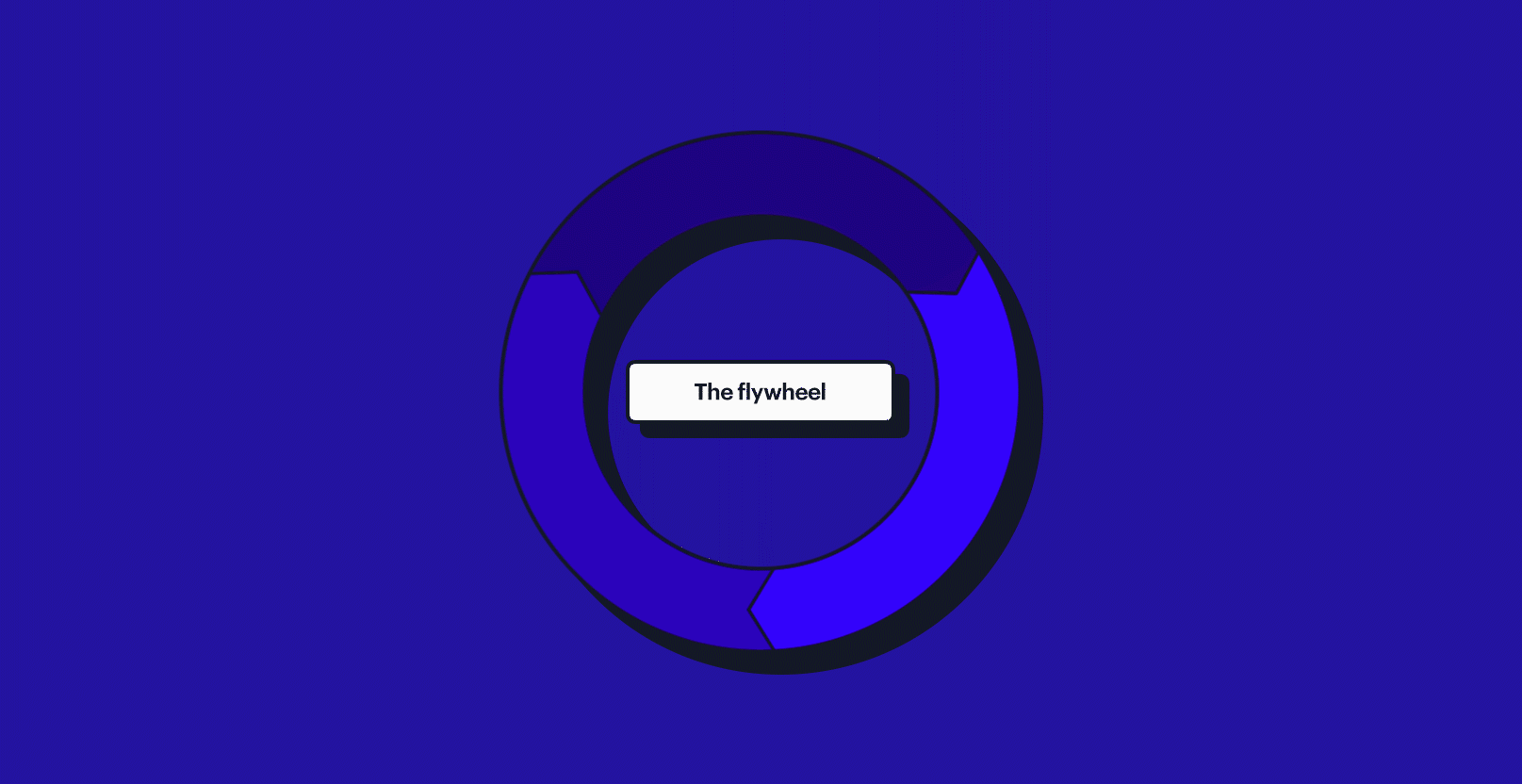Mar 11,2020 Shopify API Ecommerce Marketing
A deep dive into HubSpot's flywheel method

Depending on how they feel about marketing, mentioning the sales funnel in any office will either elicit enthusiastic recognition or bored eye-rolls. But regardless of your personal feelings towards it, the sales funnel has been the heartbeat powering marketing efforts for as long as anyone can remember. It’s the starting point for every conversation, every quarter, every strategy.
And now, HubSpot has gone and scrapped it. They’ve ditched their old funnel ways and refocused their energy on a new tool: the flywheel.
Are you starting to panic that everything you knew about marketing is a lie? Wondering if this is just debating jargon for the sake of jargon? Don’t worry. Here’s everything you need to know about the flywheel method, and how you can use it to increase your brand’s growth in 2020.
What is the flywheel?
A flywheel is a mechanical device, designed to store and release kinetic energy. The amount of energy it stores depends on how fast the wheel spins, the amount of friction it encounters and its overall size. Although the invention can be traced back over a thousand years, it was James Watt who popularised the energy-efficient wheel when he included it in one of the earliest steam engines, revolutionising the technology. Literally – the Watt steam engine was one of the driving forces behind the Industrial Revolution.
Inspired by the flywheel’s energy efficiency, HubSpot coined the flywheel method – a marketing tool that sets to address the flaws of the old, outdated sales funnel.
Similarly to the funnel, the flywheel breaks the customer journey down into stages: attract, engage, delight. But, unlike the funnel, the process isn’t linear. The flywheel puts a focus on ongoing customer engagement and interaction, building momentum and using those customers you worked so hard to get to drive your brand’s future growth.
Flywheel vs funnel
Source: HubSpot
The funnel has been the cornerstone of marketing for decades. So, why are HubSpot trying to reinvent the (fly)wheel?
Turns out, they have a pretty good reason.
The sales funnel was great for a time. But, in a society dominated by social media, it’s a method that keeps coming up short.
The funnel places an emphasis on attracting customers and catapulting them through the shopping journey – with little to no thought about what happens to those customers once they’ve purchased. Are they leaving a review? Referring a friend? Mentioning you on social media? Following your channels, engaging with your content, subscribing to your newsletter?
With the funnel, all that effort you spent acquiring your customer vanishes. After each new sale, you have to start afresh.
Enter: the flywheel.
The flywheel addresses the funnel’s fatal flaw. By using the momentum of your happy customers to drive referrals and repeat sales, it basically keeps your business spinning.
How the flywheel works
The flywheel is broken down into three stages:
Attract: Creating content that resonates with your target audience, starts conversations and builds meaningful relationships with prospective customers.
Engage: Once you’ve attracted people to your brand, keep them engaged by offering insights, solutions and advice that aligns with their goals.
Delight: Provide an incredible experience that adds value to your customer’s life, encouraging them to become promoters for your brand.
Like a physical flywheel, the effectiveness of the marketing flywheel depends on three things:
- How fast you spin it
- How much friction there is
- How big it is
To make the most of this method, it’s important to address all three issues.
Speed: To increase the speed of your flywheel, you need to add force to the areas with the biggest impact. This might be your customer service team, or your loyalty team, depending on your business model. By focusing on making your customers happy, they’re more likely to keep referring you to other potential customers – effectively speeding up your business growth.
Friction: Are your customers happy? Are they engaging with your brand after their purchase? Identify any barriers that cause unnecessary friction in your flywheel. This might be issues with customer service, your website, fulfilment, internal communication, or simply a lack of valuable content for your customers to engage with.
Size: Increasing the speed of your flywheel and reducing any fiction allows you to delight more customers than ever before. And the more happy customers you have, the bigger and heavier your flywheel becomes, which means it produces more energy as it spins. Instead of dropping out the end of a funnel, all that energy you put into spinning your flywheel returns to give your marketing efforts even more momentum.
Supercharge your marketing efforts
Need help applying the flywheel method to your 2020 strategy? Have another marketing-related dilemma? Get in touch today. We offer a wide range of support packages, designed to help everyone from exciting startups to global brands keep growing their business.


